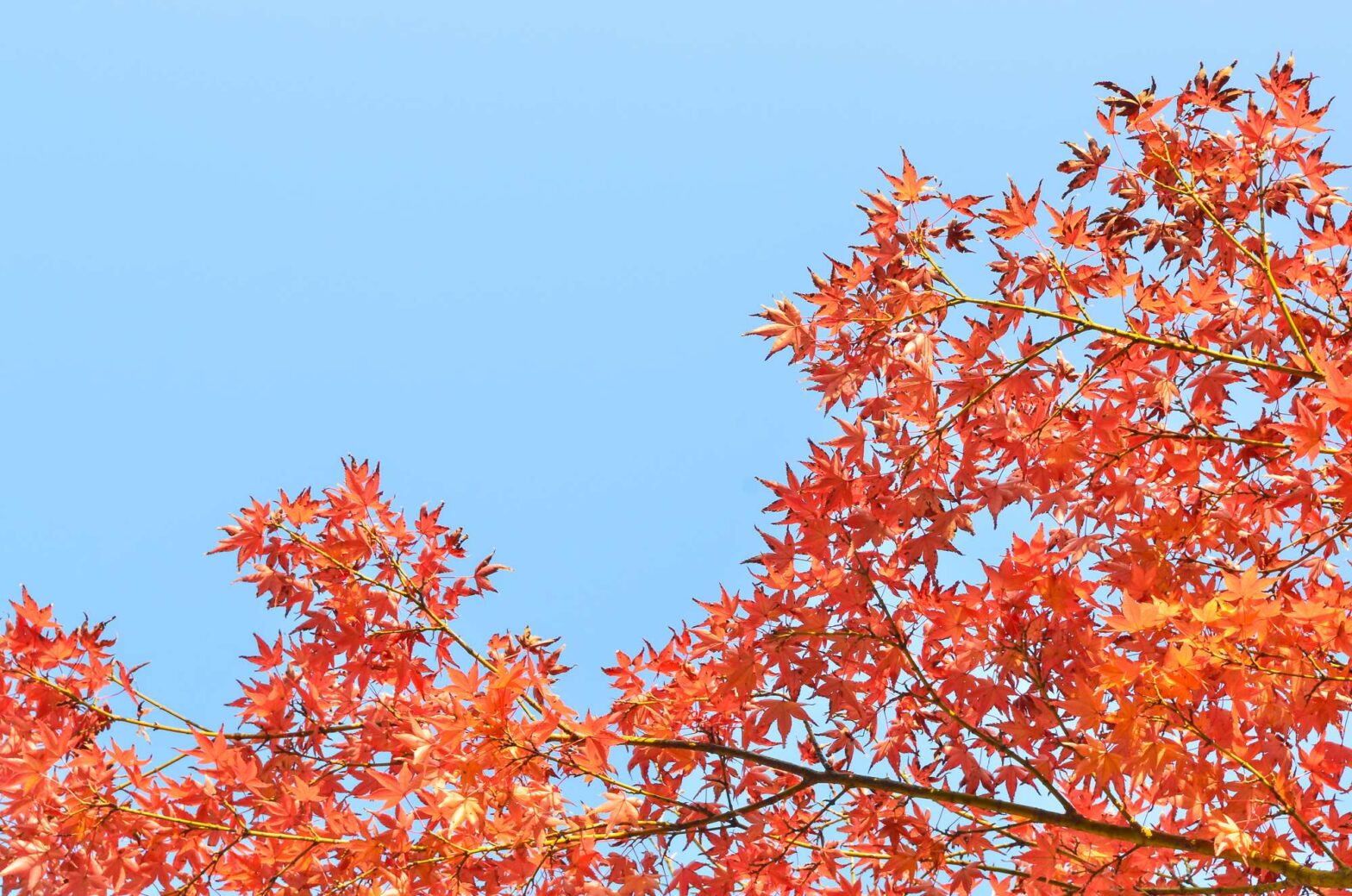The Japanese maple is a beautiful small tree with windy branches and leaves that turn red in fall. Native to Japan, Korea, Mongolia, Russia, and China, this species of trees can also be found stateside—typically along streams, roadsides, and in yards.
The bark of the Japanese maple is gray in color and somewhat rough to the touch. Its branches are slender; its twigs are low. You will encounter it most often if you reside in the northeastern United States and southeastern Canada, where the climate conditions allow it to thrive.
Japanese maple, a hardwood, is also a good choice for cooking. If you happen to have such a maple tree in your backyard and, for one reason or another, you want to give it a good pruning or cut it down, air-dry the wood for 9-12 months, then get yourself ready to fire up that smoker.
Japanese maple can be used for smoking meat. It burns slowly and steadily, and smolders with a sweet and light smoke that pairs well with pork, poultry, and fish. Used in combination with a heavier wood, Japanese maple can also be used to smoke beef, veal, or lamb.
The golden rule when it comes to smoking meat is to use hardwoods. Unlike softwoods—pine-bearing trees that your food taste bitter and, in some cases, unsafe to eat—hardwoods smolder with sweet, pleasant smoke that yields the most deliciously-cooked cuts, whole birds, and smoked cheeses.
Maple trees, the Japanese maple included, are one of the most common hardwoods in North American territory. Subsequently, they are a good wood to throw in your smoker’s firebox. As long as you’ve seasoned the wood well (we will get to how to do that in a moment), it will burn nice and gently and smoked with a mild, sweetly smoke.
What Meat to Smoke With Japanese Maple?
Used on its own, Japanese maple is a good wood for smoking ham, bacon, chicken, turkey, and salmon. Generally speaking, delicate meats that don’t have too strong of a smell or taste, which can benefit from some smoky sweetness.
However, the forgiving flavor of the smoke from Japanese maple, which can be compared in some ways to that of alder wood, doesn’t stand up all that well to stronger-tasting meats.
For game and dark meat, the wood of this maple species should be used in combination with another wood. Pair Japanese maple wood with alder, apple, or red oak to smoke pork, and with hickory or mesquite to smoke beef, veal, and lamb.
How to Dry Out Japanese Maple Wood
Before you throw any wood into your smoker’s firebox, you must dry it out properly. To do this, remove the bark, split the logs, and stack the chunks out in the sun for 9-12 months, putting a cover over the top of the pile (never the sides) to protect them for rain.
You know you’ve done well if the wood is cracked on both ends and doesn’t feel overly heavy for its weight. Both of these signs tell you that, in the drying process, the wood has lost a fair share of moisture as it should.
Freshly cut wood, also called “green wood,” gives off a heavy and dirty smoke that can give your meat a bad taste. Compare that to properly dried wood—or “seasoned” wood as many call it—which gives off a nice, clean smoke that adds just the right touch to the protein that is in no way overpowering.

